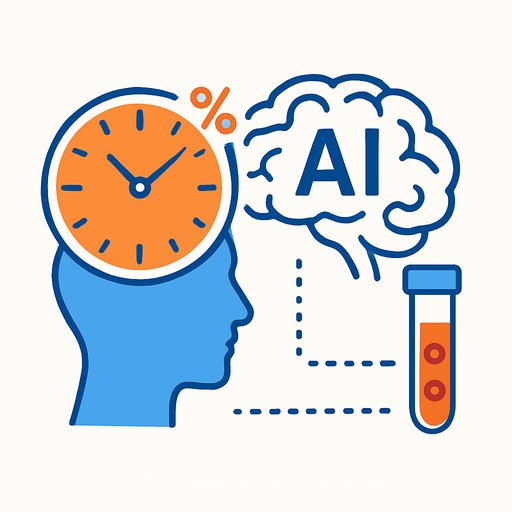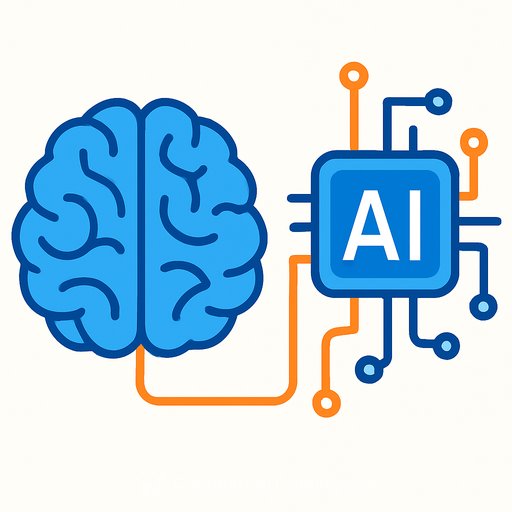Deep reinforcement learning combines blood glycome and transcriptome to estimate biological age with higher precision
October 17, 2025
Researchers from Edith Cowan University, Royal Prince Alfred Hospital, and Shantou University Medical College report a multi-omics aging clock, gtAge, that merges IgG N-glycome features with blood transcriptome data using Deep Reinforcement Learning. The model explains 85.3% of the variance in chronological age-outperforming clocks built from either omics layer alone.
The difference between predicted and actual age (delta age) aligned with cardiometabolic markers, including cholesterol and blood glucose. That link makes the readout more actionable for risk tracking and intervention studies.
Why biological age matters
Chronological age is a poor proxy for how bodies age. Some people stay resilient into their 80s and 90s; others show earlier decline. Biological age integrates genetic, lifestyle, disease, and health signals, giving a closer read on physiological status.
By combining the IgG N-glycome-sugar structures on antibodies that shift with immune aging-and the transcriptome-a snapshot of gene activity in blood cells-the team aimed to capture complementary aging signals in one score.
How gtAge was built
The group developed a custom Deep Reinforcement Learning selector, AlphaSnake, to identify the most informative features across the two omics sources. This avoids the noise and redundancy that often come from naive feature concatenation.
The result is a compact, data-driven panel that preserves signal while limiting overfitting-key for translational use where sample sizes are modest and assays vary.
Cohort and performance
gtAge was evaluated in 302 middle-aged adults from the Busselton Healthy Aging Study (Western Australia). The integrated model surpassed single-omics clocks and produced a delta age metric that correlated with established health markers.
Authors include Yao Xia, Syed Islam, Xingang Li, Abdul Baten, Xuerui Tan, and Wei Wang. The study appears in Engineering.
Practical uses for science and clinical teams
- Risk stratification: flag individuals with accelerated delta age for closer monitoring of cardiometabolic risk.
- Intervention tracking: quantify whether lifestyle or therapeutic changes shift biological age over time.
- Trial enrichment: select participants more likely to benefit from geroscience or metabolic interventions.
- Population health: monitor aging trajectories across demographics to guide preventative strategies.
- Mechanistic insight: study links between antibody glycosylation, immune function, and gene-expression programs in aging.
Limitations and next steps
The current analysis focuses on a middle-aged, regional Australian cohort. Broader validation is needed across ages, ancestries, and clinical contexts, along with prospective links to hard outcomes (e.g., incident disease, mortality).
Future work could extend the framework with proteomics or metabolomics and test longitudinal sampling to see how quickly the clock responds to interventions. The reinforcement learning approach is modular and can be adapted to different assay panels.
Paper and resources
Study: Deep Reinforcement Learning-Driven Multi-Omics Integration for Constructing gtAge: A Novel Aging Clock from IgG N-glycome and Blood Transcriptome (Engineering, 2025). DOI: 10.1016/j.eng.2025.08.016
If your team is upskilling in AI methods like deep reinforcement learning for bioinformatics, explore curated courses at Complete AI Training.
Your membership also unlocks:






